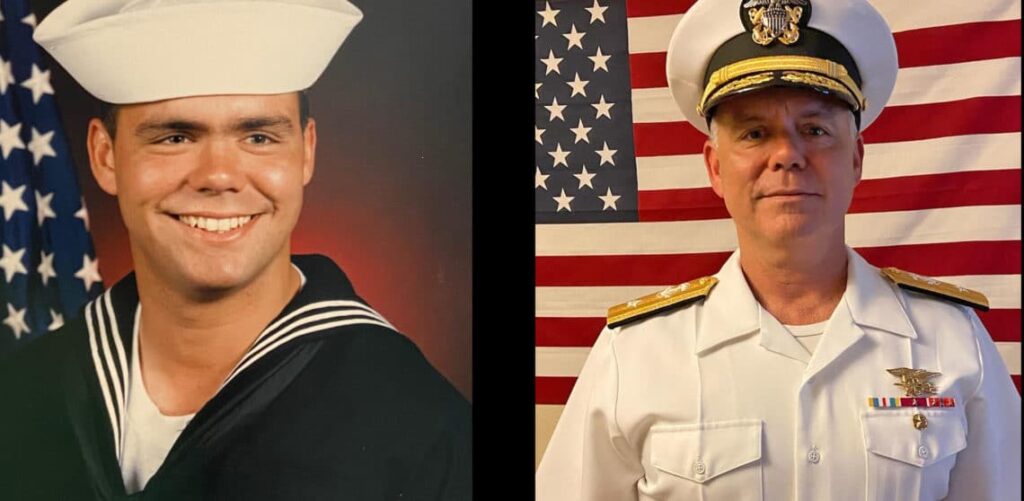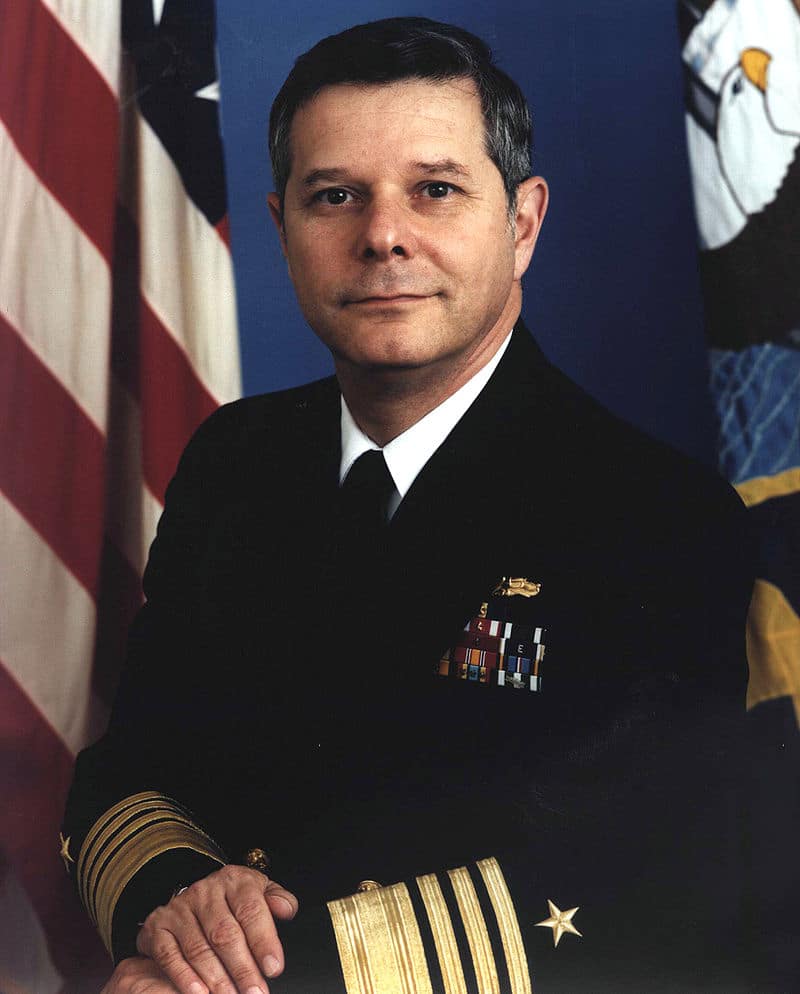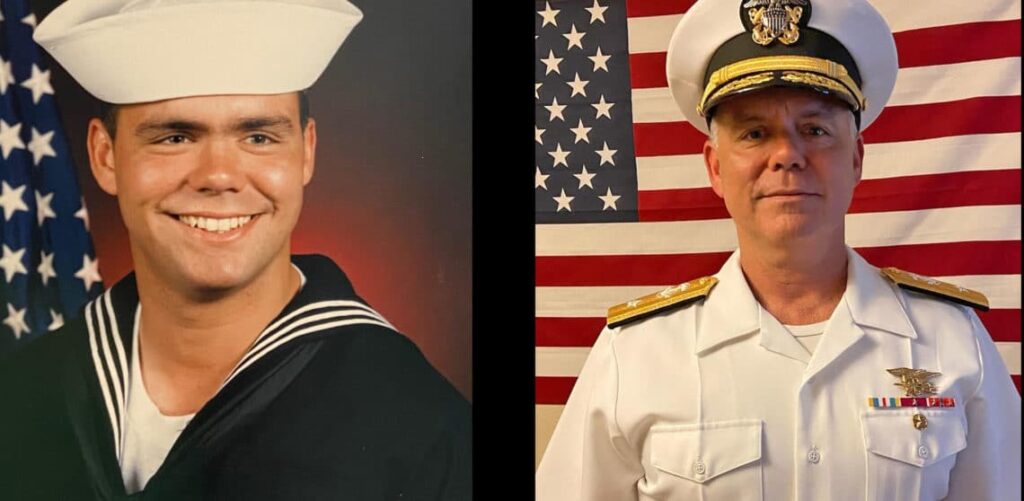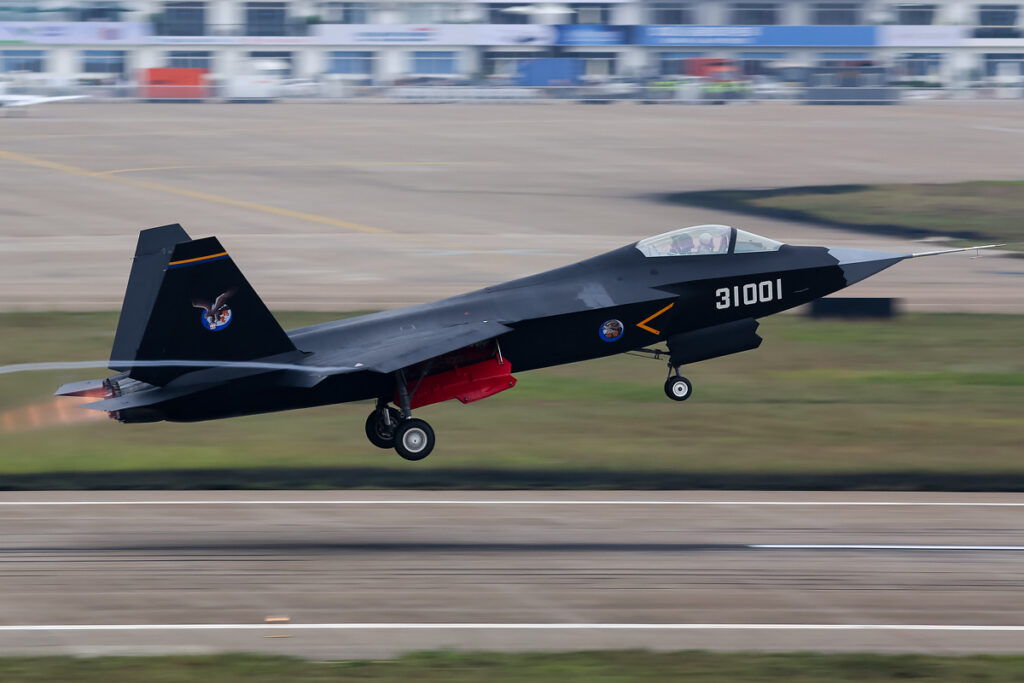SEAL PICKS UP A STAR IN FIRST FOR THE NAVY’S SEAMAN TO ADMIRAL PROGRAM
- By Frumentarius
Share This Article

According to a press release from the U.S. Navy’s Chief of Naval Personnel, Navy SEAL Matthew J. Burns recently became the first former enlisted Navy sailor to be promoted to flag officer rank (admiral) through the U.S. Navy’s Seaman to Admiral Program, now known as Seaman to Admiral-21 (STA-21). The former Navy recruit, who enlisted in 1988, pinned on one star and became Rear Admiral (lower half) Matt Burns this past summer.
According to a DOD release, Rear Admiral Burns was assigned as assistant commander of the Joint Special Operations Command (JSOC), U.S. Special Operations Command (SOCOM), in Tampa, FL, upon his promotion. He departed his previous assignment as commander of the Naval Special Warfare Development Group in Virginia Beach, VA, to assume his new post.
Former Chief of Naval Operations (CNO), Admiral Mike Boorda, created the STA-21 program in 1994, shortly after becoming CNO, and modeled it on a similar program through which he himself had also progressed from enlisted Sailor to becoming not only an admiral, but the Navy’s top Admiral. Boorda was, in fact, the first person ever to rise from the enlisted ranks to the top of the Navy’s admiralty. He was also the first non-U.S. Naval Academy graduate to assume the position of CNO.

Burns joined the Seaman to Admiral Program in 1995 at the urging of a fellow Navy SEAL, and when he graduated from Officer Candidate School later that year, Admiral Boorda was on hand at the ceremony to congratulate him. In a tragic turn of fate, Boorda would not live to see Burns become the first admiral through the program, as Boorda committed suicide in 1996.
Admiral Burns rose from Navy recruit to Petty Officer First Class (SEAL) before being commissioned as an officer in 1995. As an enlisted SEAL, Burns served during the first Gulf War. After receiving his commission, he completed a junior officer tour in a SEAL platoon before enrolling in the Naval Postgraduate School in Monterey, CA. While there, and in just three years, Burns earned both a bachelor’s degree and a master’s degree.

Admiral Burns has spent the nearly-twenty years since that time in a wide variety of SEAL officer billets, as well as in postings at the Navy’s Personnel Office. The culmination of that period of his career was as commander of the Naval Special Warfare Development Group. As he enters the flag officer phase of his career, one wonders if Burns might be a future candidate for JSOC or SOCOM commander, which is entirely possible given his current career trajectory. A handful of SEALs have held those positions since 2001, including Admiral William H. McRaven, who served as commander of each, and was notably JSOC commander when Usama Bin Ladin was killed in May 2011.
As a personal aside to this impressive story, this author had the distinct displeasure of suffering under the wrath of a close relative of Admiral Burns when that relative was an instructor at Basic Underwater Demolition/SEAL (BUD/S) training in the late 1990s. The relative was also a “mustang,†meaning that he also had progressed from the enlisted ranks to become an ensign (O-1) at that time. The name “Ensign Burns†will forever make me shiver in fright at the thought of the horrors he inflicted upon me and my fellow trainees. So, to Admiral Burns, I say congrats and “Bravo Zulu, sir!†To the former (other) Ensign Burns, I say, “please, don’t ever contact me again.â€
Related Posts
Sandboxx News Merch
-

‘AirPower’ Classic Hoodie
$46.00 – $48.00 Select options This product has multiple variants. The options may be chosen on the product page -

‘Sandboxx News’ Trucker Cap
$27.00 Select options This product has multiple variants. The options may be chosen on the product page -

F-35 ‘Lightning’ Framed Poster
$45.00 – $111.00 Select options This product has multiple variants. The options may be chosen on the product page
Frumentarius
Frumentarius is a former Navy SEAL, former CIA officer, and currently a battalion chief in a career fire department in the Midwest.
Related to: Military Affairs, Special Operations

The CIA used miniature models to meticulously plan high-stakes operations

Video: How good is China’s new stealth fighter?

Who dares wins: The importance of defeat in being successful

Marines deploy new system to take out ships in the Pacific
Sandboxx News
-

‘Sandboxx News’ Trucker Cap
$27.00 Select options This product has multiple variants. The options may be chosen on the product page -

‘AirPower’ Classic Hoodie
$46.00 – $48.00 Select options This product has multiple variants. The options may be chosen on the product page -

‘AirPower’ Golf Rope Hat
$31.00 Select options This product has multiple variants. The options may be chosen on the product page -

‘Sandboxx News’ Dad Hat
$27.00 Select options This product has multiple variants. The options may be chosen on the product page
